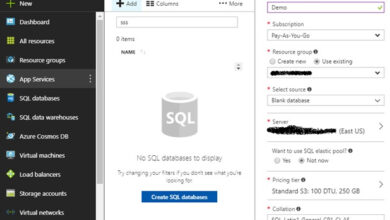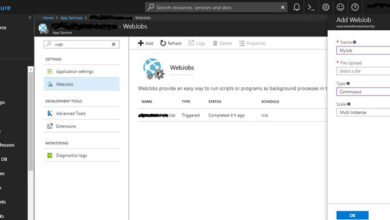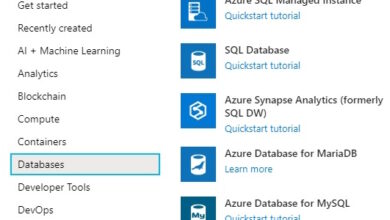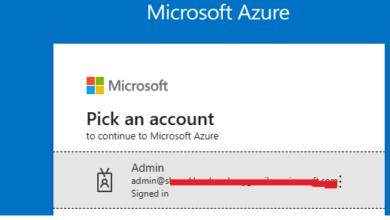Exploring Few-Shot Prompting with Azure OpenAI Prompt Engineering in Python
Welcome to this article where we will delve into the concept of few-shot prompting using Azure OpenAI Prompt Engineering in Python.
Understanding Few-Shot Prompting
Few-shot prompting is a technique that allows us to include exemplars within prompts, providing guidance to the model and improving its performance.
Let’s look at an example:
Sentiment analysis is a great example of few-shot prompting.
- Positive Sentiment: Text: “I love this new phone. It’s amazing!”
- Negative Sentiment: Text: “This restaurant had terrible food and awful service.”
Advantages of Few-Shot Prompting:
- Data Efficiency: Few-shot prompting allows models to make accurate predictions or generate content with minimal labeled training data, which reduces the need for large datasets.
- Flexibility: It enables models to generalize across different tasks and domains, making them adaptable to various applications.
- Customization: Few-shot prompts can be tailored to specific tasks, providing guidance and context to generate desired outputs.
- Ease of Use: It simplifies the interaction with AI models, making them accessible to users without technical expertise.
Disadvantages of Few-Shot Prompting:
- Limited Context: Few-shot prompts may not provide enough context for complex tasks, leading to potential inaccuracies in responses.
- Challenges in Fine-tuning: Training models for few-shot learning can be complex and time-consuming, especially for custom or domain-specific tasks.
- Dependency on Prompting: The model’s performance heavily relies on the quality and relevance of the provided prompts, which may require human input.
- Scalability: Implementing few-shot learning for multiple tasks or languages can be resource-intensive and may not always scale effectively.
In essence, while few-shot prompting is data-efficient and flexible, it’s important to consider its limitations and design carefully when applying it to different AI tasks.
Comparison between Zero-Shot and Few-Shot Prompting
Zero-Shot Prompting:
In zero-shot prompting, the model is given minimal or no specific information about the task.
The model is expected to generate responses without any task-specific training data, relying on its pre-existing knowledge for generalization.
Few-Shot Prompting:
In few-shot prompting, the model is provided with a small amount of task-specific information or examples as part of the prompt.
This information guides the model and provides context for performing a particular task.
Implementing Few-Shot Prompting in Python
Objective: Perform sentiment analysis on the given text using the following example as a reference.
- Positive Sentiment: Text: “I love this new phone. It’s amazing!”
- Negative Sentiment: Text: “This restaurant had terrible food and awful service.”
Prompt: Celebrating a well-deserved victory!!!
Expected Response: Positive
Now, let’s dive into the code and write the program.
# import the necessary libraries
import os
import requests
import json
import openai
from dotenv import load_dotenv
# Load the .env file
load_dotenv()
# Set the OpenAI API key and endpoint
openai.api_key = os.getenv("AZURE_OPEN_KEY")
openai.api_base = os.getenv("AZURE_END_POINT")
openai.api_type = "azure"
openai.api_version = '2023-07-01-preview'
deployment_name = os.getenv("DEPLOYMENT_NAME")
# Set the system role and user message variables
system_role = """Find text sentiment in given text:
: I love this new phone. It's amazing!!!
positive
: I hate this new phone. It's the worst.
negative"""
user_message = f"""
I love this new phone.It's amazing!!!"""
# Send a completion call to generate the sentiment analysis
response = openai.ChatCompletion.create(
engine = os.getenv("DEPLOYMENT_NAME"),
messages = [
{"role": "system", "content": system_role},
{"role": "user", "content": user_message},
]
)
# Print the sentiment analysis output
print(response['choices'][0]['message']['content'])In the next article, we will explore additional prompt engineering techniques.
To learn more about Skrots and our services, please visit Skrots. You can also find detailed information about our specific services at Skrots Services. Don’t forget to check out our blog at Blog at Skrots. Thank you!




